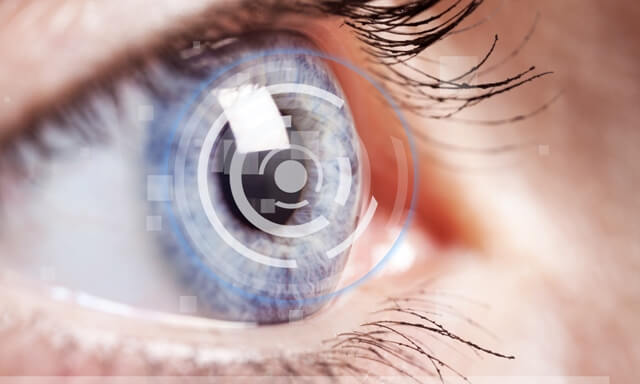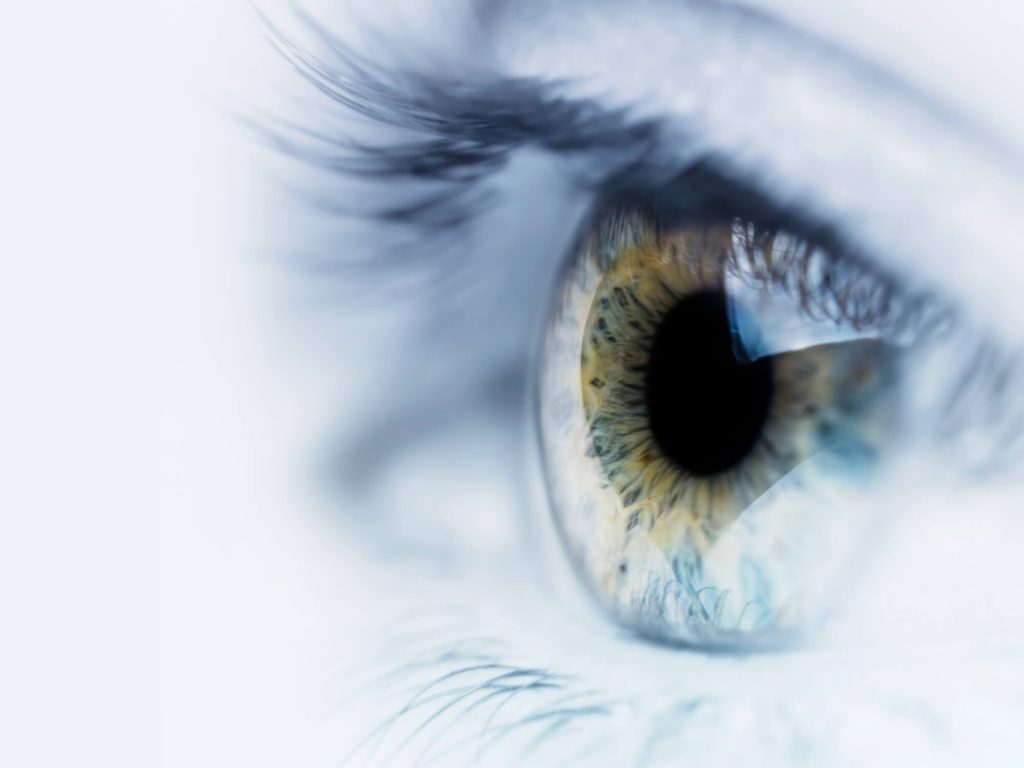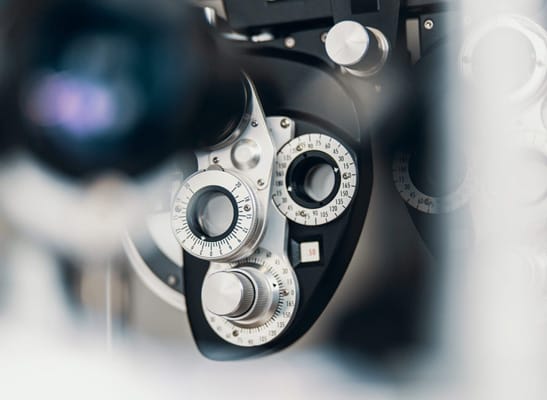The biggest risk factor for cataracts is age. Family history of cataracts and systemic diseases like diabetes can also raise a person’s risk of developing cataracts. Other risk factors include lifestyle habits like smoking and excessive drinking, and prolonged overexposure to the skin.
Although there is no way to completely eliminate the risk of cataracts, eye experts believe a few personal behaviors may delay the development of cataracts.
Not smoking or drinking a lot of alcohol, and eating a healthy diet full of nutritious foods may postpone the onset of cataracts. Wearing sunglasses and hats to protect the eyes from the sun’s rays can also lower the risk of early onset cataracts. People with diabetes should manage the condition closely, under the supervision of a medical doctor, to prevent related eye problems.
If you are over the age of 40, you should have regular eye exams. Catching cataracts in their early stages may save your sight.





